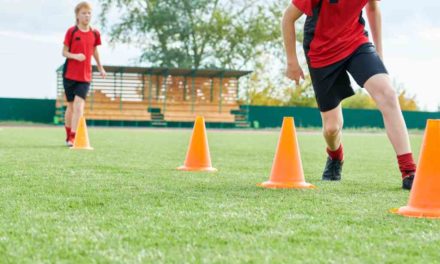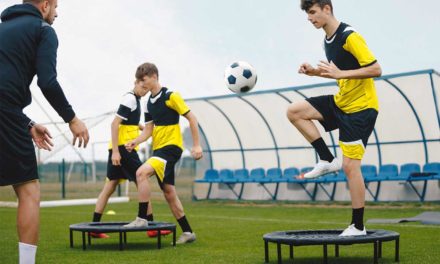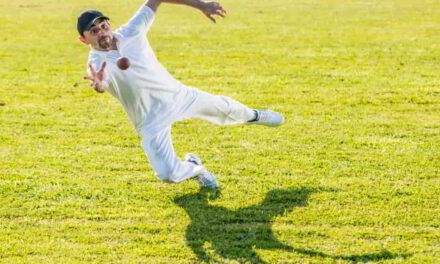Baseline Assessment is used in education to enable teachers to monitor a pupil’s progress.
It is used when children start in primary school to assess numeracy and literacy, and it is also often used at secondary school level when pupils join the school in Year 7 if there is no data regarding prior ability.
Essentially, it gives pupils a starting point from which progress can then be measured.
When pupils join their secondary schools, KS1 and KS2 data is provided for subjects like maths and English but there is usually little or no data regarding pupils’ prior PE ability. Many PE teachers, therefore, use baseline assessment to set an initial assessment of knowledge and skills that will enable them to monitor progress.
This might be used to put pupils into sets for PE and also to create targets to help motivate pupils to make measurable progression.
Teachers that use the baseline assessment method are able to set individual targets for pupils to help them understand the progress that they are making. For pupils that are less engaged in PE lessons, having a defined target to aim for can help to push them on. Especially where pupils respond well to praise as they move closer to hitting their targets.
However, as GCSE PE recently became predominantly theory based, many teachers have changed their approach to tracking progress, with maths and English data being used either instead of or to complement baseline assessments.
Examples of activities included in baseline assessments
There is little consistency in how different PE departments perform baseline assessments and not all schools use the method at all. However, there are some online resources shared through TES.com that can help to develop a PE baseline assessment.
A teacher under the author name oliverleaver1981 shared his approach to baseline assessment which included :
- Dribbling a basketball around a set of cones
- 60m sprint
- Press ups in 1 min
- Sit ups in 1 min
- Balance
Baseline Assessment at Primary schools
A teacher at St Anne’s Catholic School shared their approach to monitoring pupils at KS1 and KS2 for PE. This involved 5 tests around:
- Balance
- Agility (zig-zag run)
- Co-ordination (solo catch)
- Speed bounce
- Stamina/endurance run
Their approach involved re-testing pupils in term 2 and term 3 to look at the progress that each pupil made.
So some primary schools are clearly using baseline assessments for PE and, where this is happening, there is then some data available to pass onto the secondary school. Of course, many secondary PE departments will want to do their own assessments anyway, especially if there is only data from some of the primary schools in their catchment area.
Conclusion
Baseline assessments in PE are generally focused on physical ability and, with the GCSE now having a 70% theory weighting, teachers have been spending less time undertaking regular tests for Year 7 pupils.
That does not mean that they are not a useful part of monitoring progress but rather that the priorities have changed for many teachers as they know they need to spend more time preparing pupils for theory exams.










